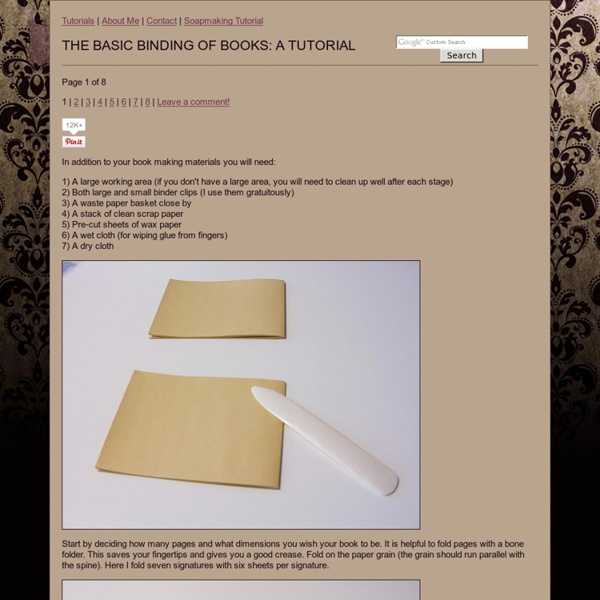The Basic Binding of Books: A Tutorial

How to Make Paper Lanterns - Cute Round Oriental Style
Looking for instructions on how to make paper lanterns? My husband designed an easy template for making paper lanterns in a cute round shape. They look a bit oriental, don’t you think? These “lanterns” are purely decorative and aren’t designed to have a lamp inside them, but they do make great festive decorations. In fact, they started out as a design for Christmas baubles. By the way, if you want to learn how to make a lantern that you can put a lamp inside of, then check out my instructions for making paper star lanterns . They make great homemade gifts to post in the mail because they can pack flat. Instructions: How to Make Paper Lanterns Before we get started, here’s a little cartoon to give you the big-picture of how everything fits together. Equipment pretty paper or card-stock printer scissors glue or double sided tape needle and thread You’ll also want to download my round paper lantern template . Step 3: Prepare a piece of thread or wool about 15 inches long.
Related:
Related:



